At long last, we are finally ready, or compelled, to wrap up our long-term review of the Plum R170. With such a simple and long-available binding, a short-term review didn’t seem like a worthwhile addition to the already available information. Instead, I’ve bumped a set of R170s between a set of 4FRNT Hojis and Dynastar M-Vertical 88s for winter and spring duties and many days in the field (let’s call it 80).
Read the R170 First Look.
I’ll keep the design overview short. The R170 is a race-style binding, though a bit portly for true racing duties in 2025, it shares the same DNA as a race binding while maintaining some beef that is evidently lacking in something like the R99. As such, the R170 features a single flap for a heel riser, with the ability to spin the heel sideways for a flat mode. It features a U-spring style heel without an adjustable release. Plum says the RV is about an 8; anecdotally, I’d say it isn’t much different than an ATK 10 or a Ski Trab 5mm spring. The toe is similarly bare bones with a removable crampon slot, standard hole pattern (-0.5mm in length to keep things interesting), and manual lockout for skinning. The only race-plus feature the R170 adds is a 25mm heel-adjustment plate.
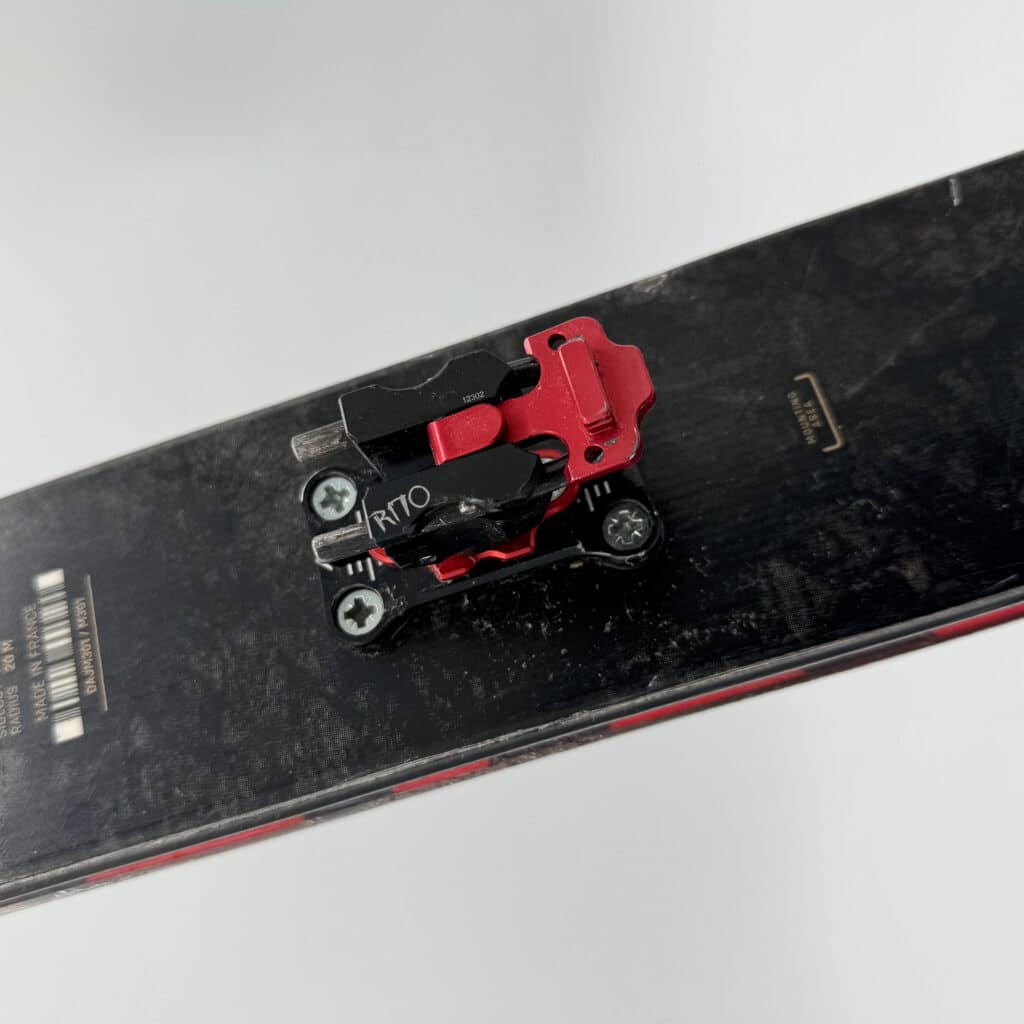
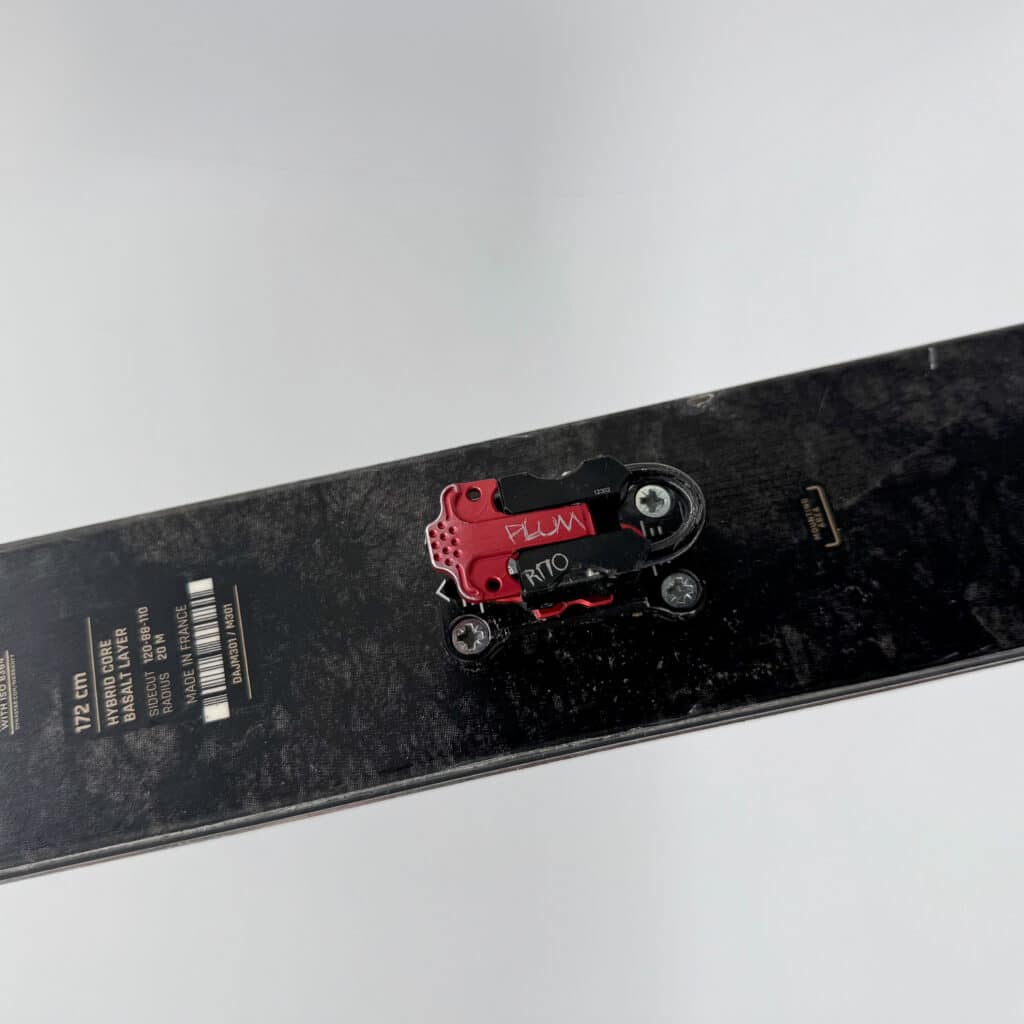
In the field, the R170 has several distinct features that set it apart from similar models. The best comparison likely comes from the ATK Trofeo, which has quickly gained popularity for its good performance and reasonable pricing. Both the Trofeo and the R170 have a bit of a reputation for their heel pieces being difficult to rotate. Over the course of my testing, my R170 was consistent in this regard—always challenging but never impossible, especially with a gloved hand. The Trofeo, on the other hand, gets more challenging over time, as well as having seemingly random moments of difficulty. I never felt the need to kick or abuse the R170, while I’ve watched some Trofeos take some serious abuse in an effort to free up the heel spin. Similarly, I’ve had many bindings, such as the Salomon MTN, ATK Raiders, or Marker Alpinists, struggle with floppy or inconsistent risers that flip into and out of ski mode at inopportune times. The Plum risers have been steady. They don’t have any fancy spring loading, but they lock in place and never move out of the intended position. The two-bolt adjustment plate is half the work to adjust vs the standard 4-bolt plates available for most race bindings. With my boot testing program, this is appreciated. I worried some about the reliability of only having two bolts, but I haven’t had any issues with loosening. Of note, the Plum plate utilizes T25 Torx screws, so you’ll need to add a bit to your set (or use the provided L-shaped wrench). The flat mode has sufficient space to rarely, if ever, have heel rubbing/catching issues in compression zones/in the flats.
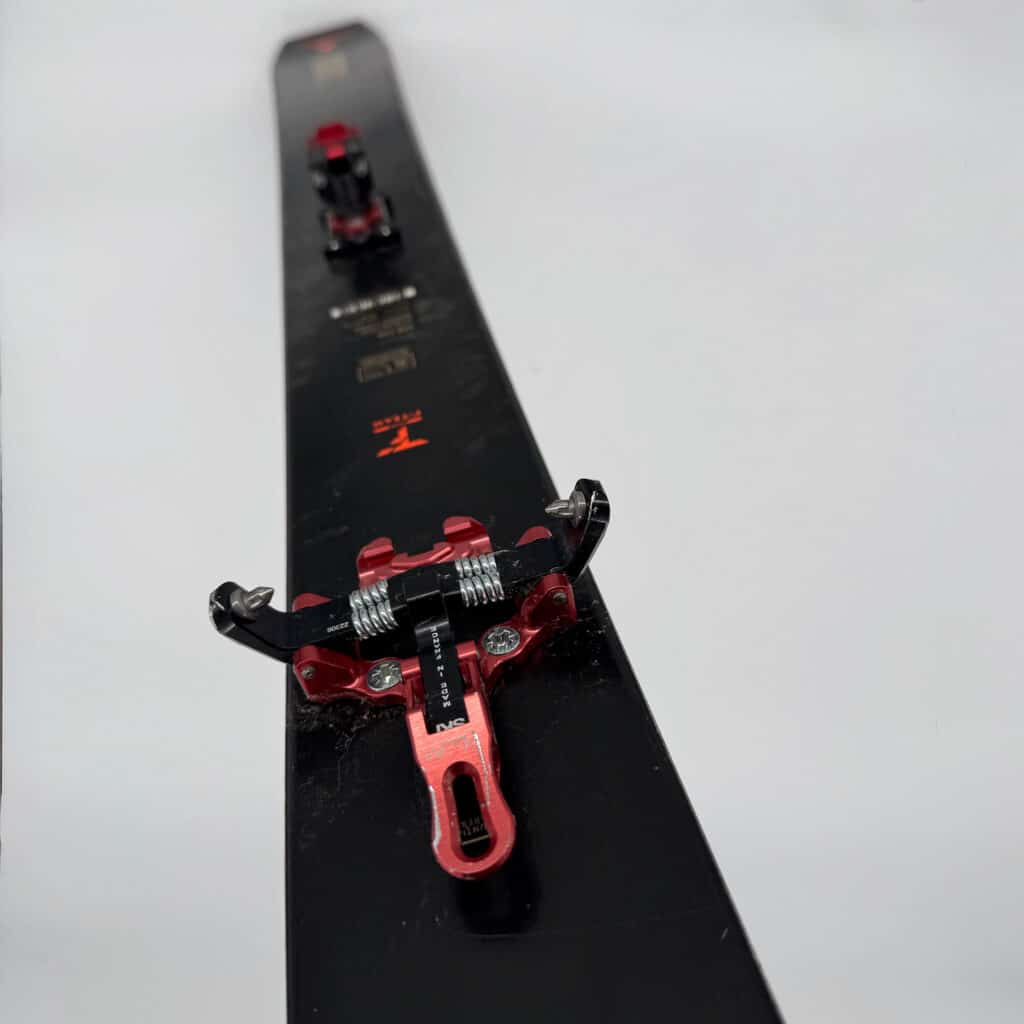
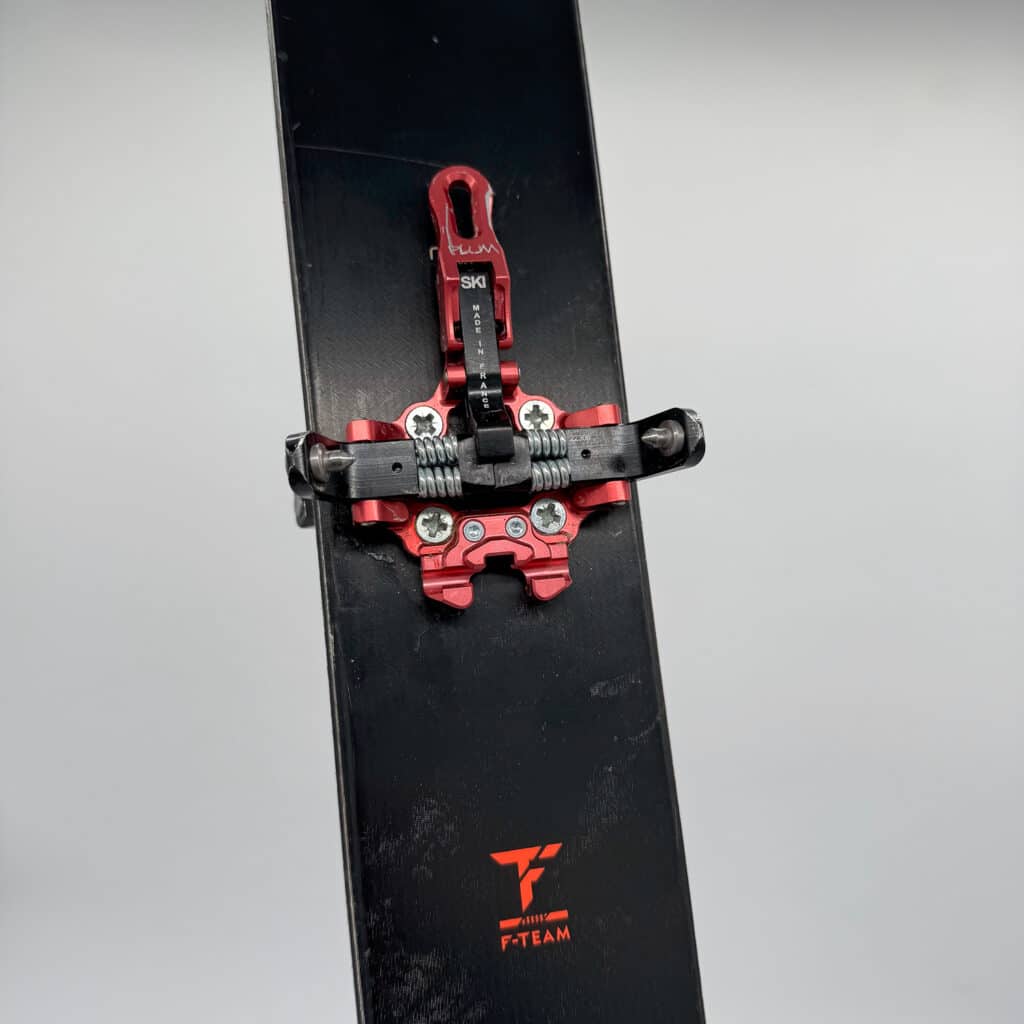
The toe piece is shared across several Plum models, including the R150 and Oazo. On paper, it is a relatively standard affair, but the details matter, and the toe piece nails it on some important details. For starters, the travel and spring action are really good. As a lover of the Ski Trab push-to-enter toe style, I approach standard toe pieces with some skepticism and a critical eye. On a scale from G3’s high-energy mouse traps to ATK Trofeo/Dynafit Radical’s low energy/low travel design, the Plum toe is about ¾ of the way to G3’s end of the spectrum, and quite comparable to the Salomon MTN. In practice, this accomplishes a few things. First, it’s easy to tell when the binding is closed and locked into your toe inserts; there are no mushy half-closed situations that can end in pre-release if not recognized. Second, the higher spring tension makes it reasonable to do most soft snow skinning with the toes unlocked. Lastly, it requires less downward pressure to step in, which is super nice in steep or precarious situations. The other excellent detail of the Plum toe is the ski crampon system. While I’ll admit I’m not a frequent ski crampon user (okay, pretty much never), the drop-in style Plum crampons are so much easier to use than the slide-in style. It’s a very refined and elegant system, especially when compared to the wiggling, hammering, and finagling required to slide a Dynafit crampon into a snug mount.
The 4.5mm delta is about standard for race bindings with a heel plate, and for me, it fits within the realm of “small enough not to notice,” relative to higher delta bindings, which have a more significant impact on my balance and position on a ski.
More or less as expected, the R170s are built like small, svelte tanks. I haven’t encountered any durability issues and don’t foresee any going forward.
For winter 25/26, Plum is updating the R170 to the S170. Like most Plum updates, the changes are measured and minor–call it an “if it ain’t broke” mindset. The S170 boasts an updated toe piece, which they claim is slightly lighter, although the overall weight remains unchanged. It claims an adjusted step in geometry to make step in easier, and it looks to have a straighter and perhaps a touch longer toe lever that could be easier to operate as well. The heel has an updated walk mode flap (now featuring a hole) and looks to add a lip to the front of the heel adjustment plate for brake compatibility. The S170 will set you back about $400, right in line with my go-to Ski Trab Gara Titans, and cheaper than anything else sub 200g with an adjustment plate included.
After years as a devoted Ski Trab fan, my curiosity has been getting the best of me, prompting me to try some different bindings. In the ultralight, ultra-simple realm, the R170 is giving the Gara Titan a run for its money with its excellent reliability and good functionality. If I were looking for a race binding for years of heavy use, the R170 is the best thing going.
R170 Basics
Weight: 175g
Lateral and vertical release value: fixed at 8
Riser positions: 0 and+41mm—must rotate heel to engage riser, etc.
Price: $439 but you can find some good deals out there.


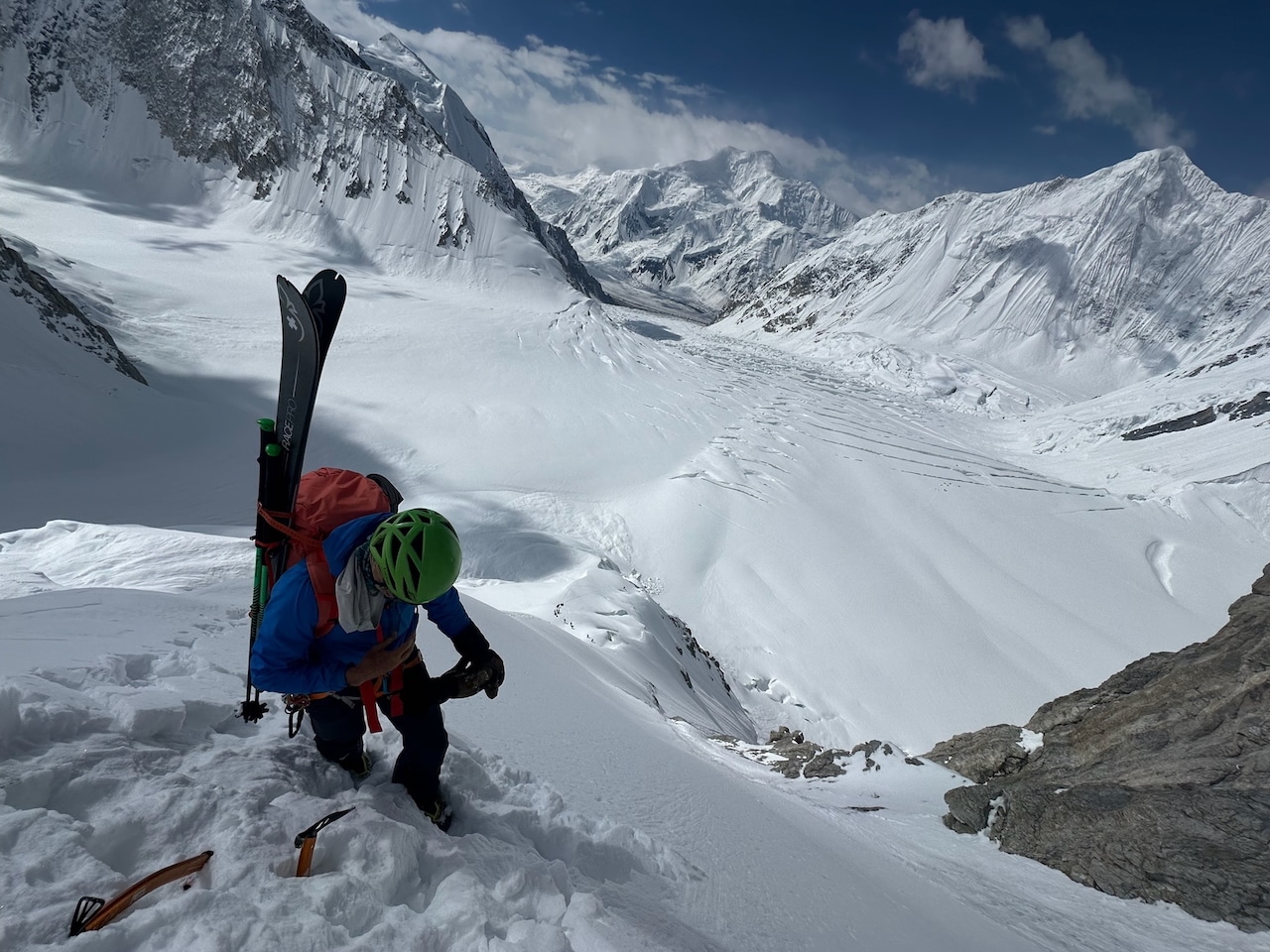
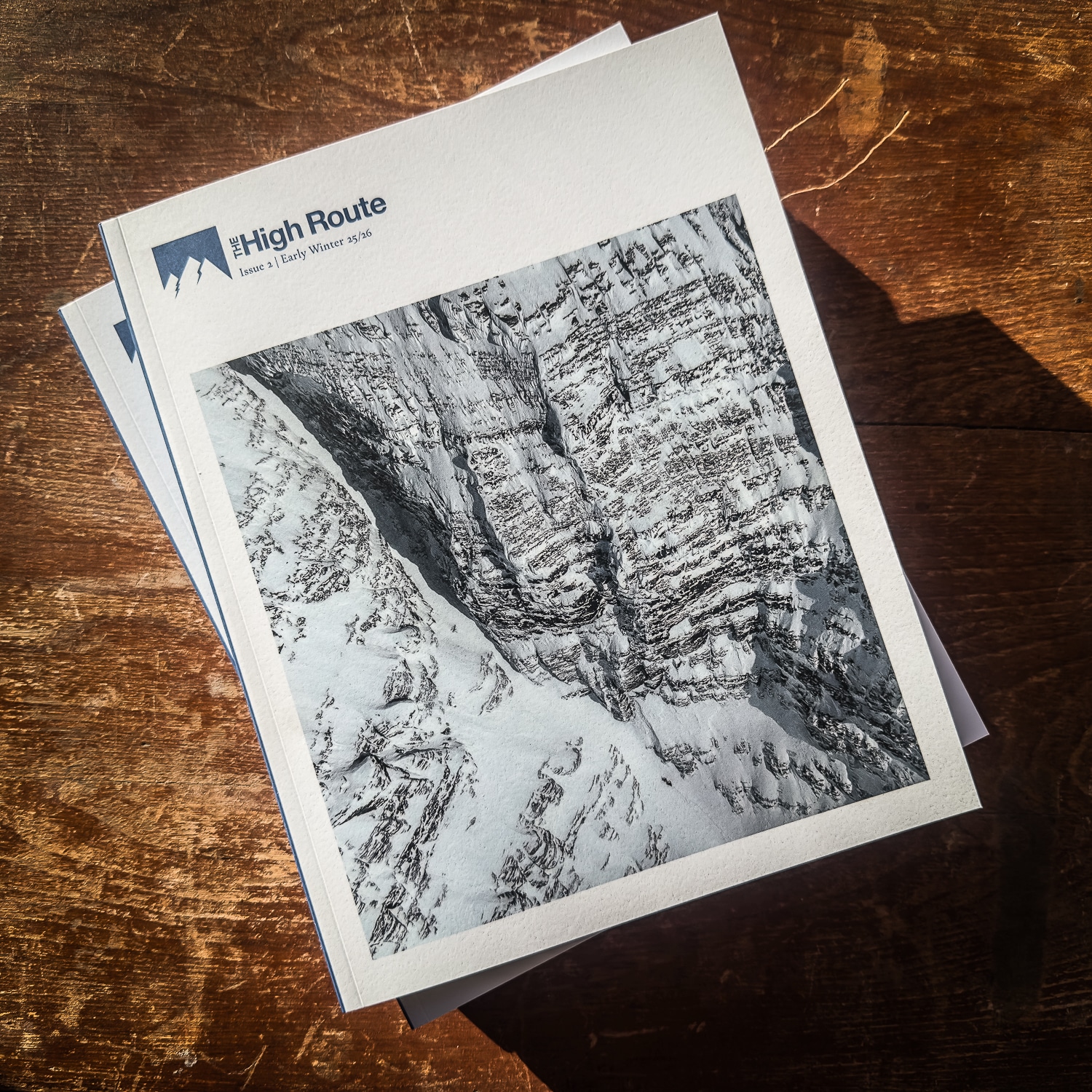


Leave a Reply
You must be logged in to post a comment.